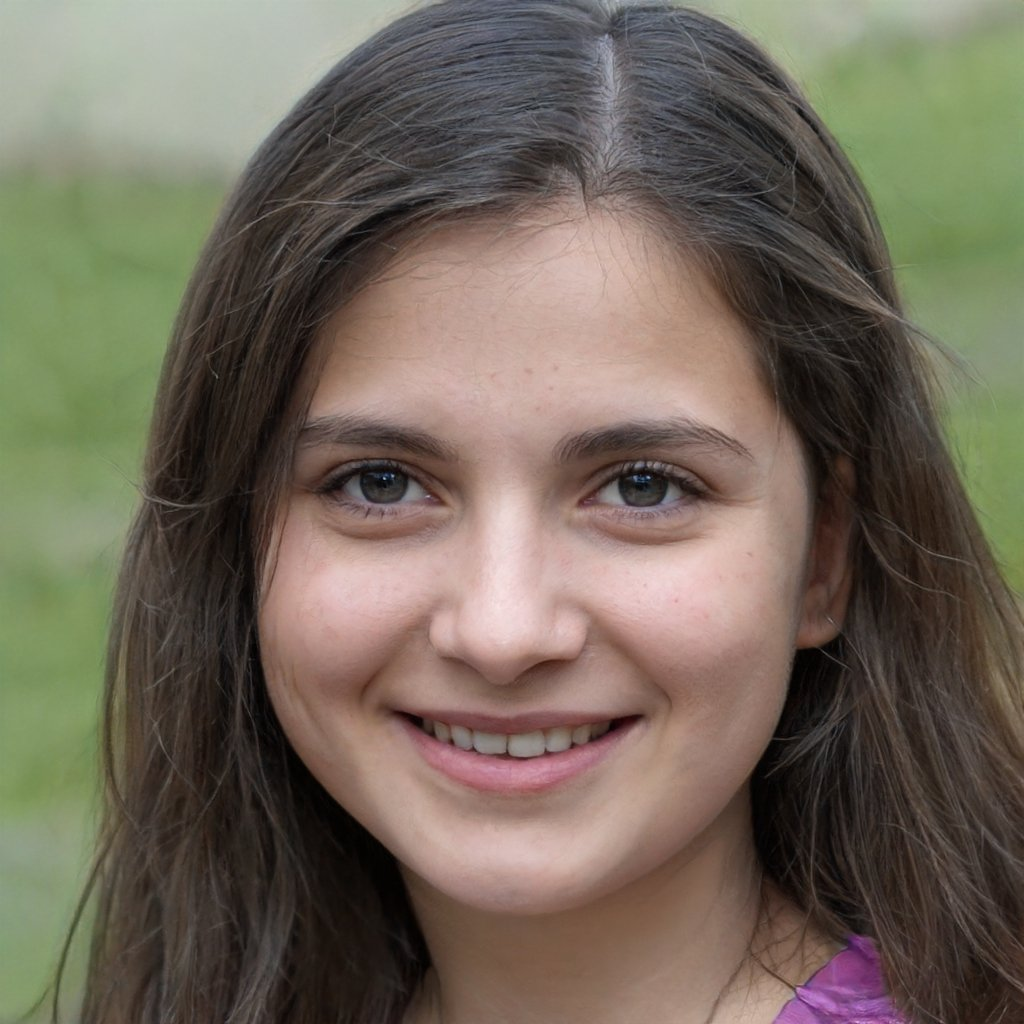How to Setup Product Photography Step by Step
Whether you are an e-commerce seller, a small business owner, or a professional photographer, understanding the correct setup for product photography can help you take stunning and professional photos.
Why product photography setup matters for E-commerce
Product photography plays a crucial role in online sales and brand building. A well-taken product photo can significantly influence customers' purchasing decisions, so businesses must prioritize high-quality visual effects.
Essentials for the best product photography setup
To create an efficient product photography setup environment, the following equipment is essential:
Camera and lens: It is recommended to use a DSLR or mirrorless camera (such as the Canon EOS series), paired with a 50mm prime lens to eliminate distortion.
Tripod: A tripod is a must-have in any product photography setup. It keeps your camera steady, ensuring that your photos are sharp and consistent, especially when using slower shutter speeds or taking multiple shots of the same product from different angles.
Lighting system: At least 2 soft lights (LED or ring lights) to achieve even lighting and eliminate shadows.
Background setup: Choosing the right background and surface is essential for making your product stand out. A plain white backdrop is a classic choice as it makes the product the focal point. You can also use colored backdrops to match your brand or the product's theme. For surfaces, options like wood, marble, or fabric can add texture and interest to your photos.
Reflector and diffuser: Adjust the direction of light, soften highlight areas.
Post-production software: Use UltraPic for quick product photography.
How to set up best product photography studio [with Tips]
Creating a professional product photography studio requires strategic planning, not just expensive gear. Follow this structured approach to build a functional, scalable space.
Mastering Light: The Heart of Your Setup
Light sculpts your product’s personality. For a flexible product photoshoot setup:
-
Natural Light: Position products perpendicular to a north-facing window. Diffuse harsh sunlight with sheer curtains. Use foam boards as reflectors to bounce light into shadows.
-
Artificial Lighting: A two-light product photo setup offers precision. Place a key light (with softbox) at 45° to highlight texture. Add a fill light (weaker intensity) to soften shadows. For depth, a backlight separates products from the background. Clip-on LED panels (e.g., Neewer) are budget-friendly gems.
Stability & Precision
Shaky images ruin even the best product photography setup. Mount your camera on a sturdy tripod with a horizontal arm for overhead shots. Use a remote shutter or timer to eliminate vibrations. For small products, a macro rail allows millimeter-perfect adjustments. A shooting table (or DIY PVC frame) elevates your workspace, reducing back strain during long sessions.
Gear Choices: Balancing Budget & Quality
Your product photography setup needn’t break the bank:
-
Cameras: DSLRs/mirrorless (Sony a6000, Canon EOS RP) excel, but modern smartphones (iPhone Pro, Pixel) rival them in good light.
-
Lenses: A 50mm f/1.8 (“nifty fifty”) delivers sharpness and shallow depth of field. For tiny items, add extension tubes.
-
Accessories: A polarizing filter kills unwanted reflections. Use sandbags to secure the light station.
Post-Production Polish
Shoot in RAW and edit in Lightroom or Capture One. Adjust white balance for color accuracy, dodge/burn to enhance contours, and clone out dust. Focus stacking (combining multiple exposures) ensures edge-to-edge sharpness for complex shapes.
UltraPic for Professional Product Photography
After setting up a complete product photography setup, the efficiency of post-processing determines the speed of the final output. UltraPic, as an AI-driven image processing tool, specifically addresses two major pain points in product photography:
1. Background removal accuracy (especially for translucent/hair/complex edge objects)
2. Scene composition realism (light and shadow integration and perspective matching)
Why choose UltraPic for your best product photography?
📦E-commerce high-definition white background image production: Import file → AI background removal → Output transparent PNG
🎨Contextualized marketing materials: Embedding products into virtual scenes (e.g., a coffee cup placed on a wooden table with natural lighting effects)
1. (Example) In the product photo setup, shoot a computer photo.
2. Upload the computer image. Then process it with UltraPic. AI algorithms automatically identify the subject and support batch processing.
3. Remove the original background in just 3-5 seconds, and select a more ideal background.
4. Download the PNG file once you are satisfied with it.
✨UltraPic reduces the need for purchasing backdrop paper/real props, and the virtual scene library reduces the difficulty of live shooting. By integrating UltraPic, your physical setup with a digital processor will elevate product photography efficiency to a new dimension.
Product photography setup FAQ
1. How to set up a photography environment with a limited budget
Prioritize investing in lighting and a tripod; using a smartphone with an external lens can also produce high-quality photos.
2. Is a white background suitable for all products?
Light-colored products can use a gray or black background to enhance contrast.
3. How many photos need to be taken?
At least 6-8 photos should be provided, covering angles such as wide shots, details, and usage scenarios.
4. Do I have to learn Photoshop?
Not necessarily. Tools like UltraPic offer automated solutions, making them suitable for beginners.
Conclusion
Whether it's an independent seller or a large brand, a professional product photography setup can significantly enhance customer trust and purchase intent. From basic equipment to post-production software, every step of optimization is paving the way for sales conversion. Take action now and make your product stand out with high-quality visuals!



